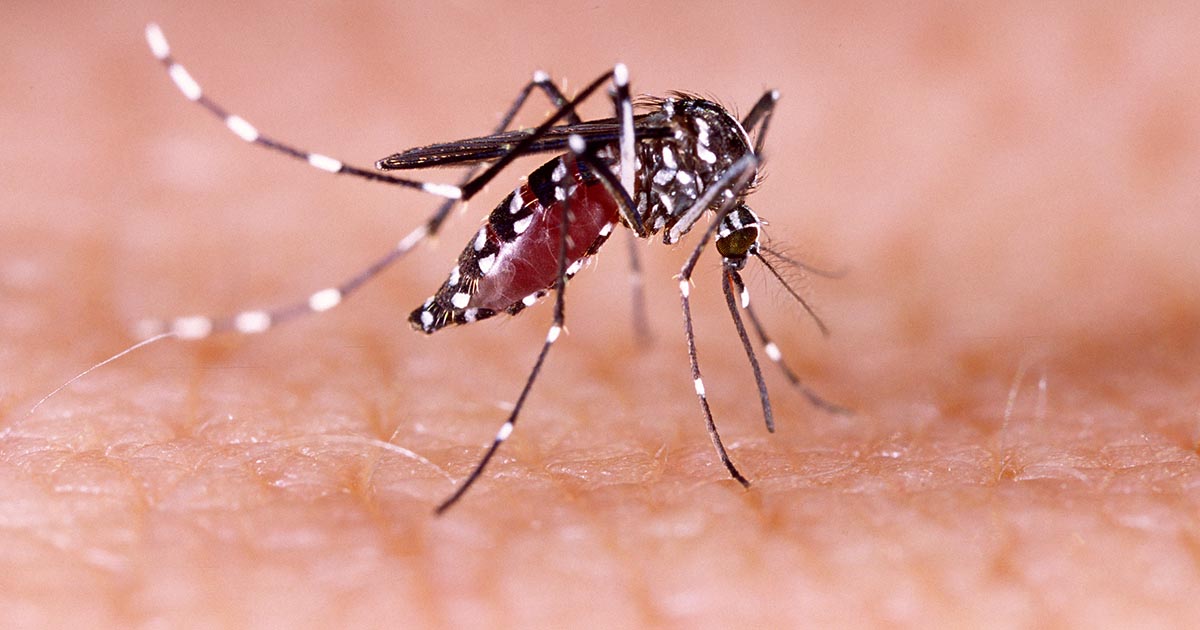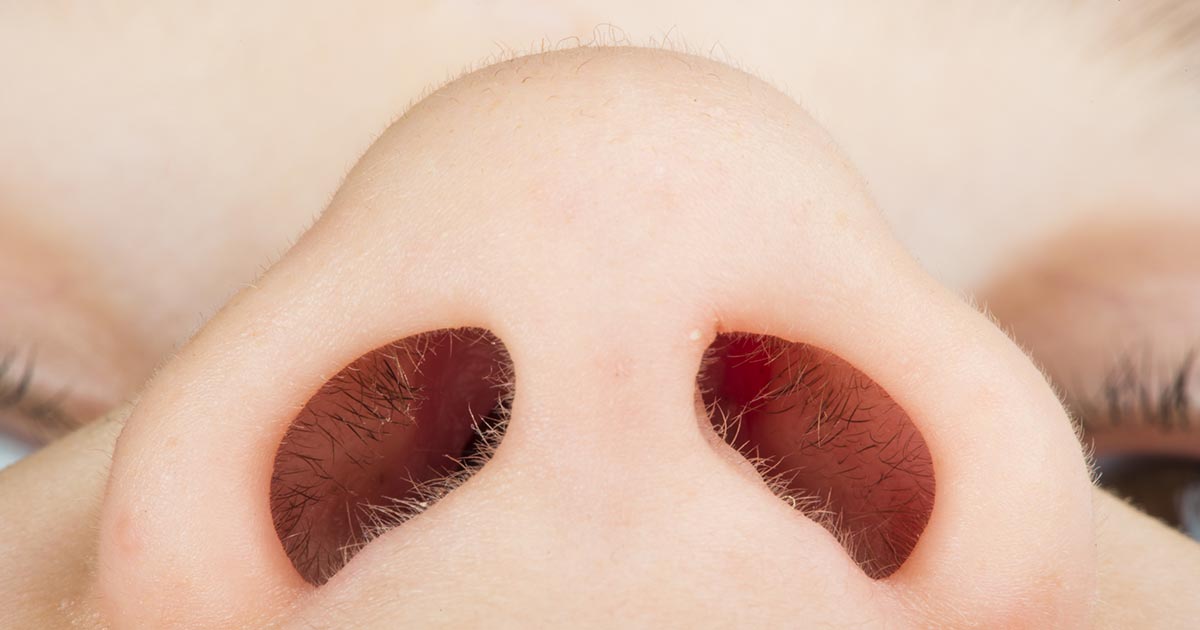Transmission And Causes Of Leprosy
Respiratory Transmission
Even today, the exact way leprosy is spread is not one hundred percent known. According to the World Health Organization, respiratory transmission as a theory is becoming more popular among scientists. This theory states the bacteria enters the body through the nose and spreads from there. It is transmitted from infected individuals through their nasal droplets and secretions. Another way the bacteria may gain entry into the body is through cuts or other breaks in the skin. So far, research has shown the bacteria cannot penetrate through intact skin. As a result, the only way to actively avoid contracting leprosy is to avoid the nasal secretions of anyone who has the disease and is not being treated.
It's time to move onto the next possible method of transmission of leprosy.
Transmission Through Insects

Mosquitoes get blamed for the transmission of many diseases, including leprosy to an extent. Much research has been done into whether or not mosquitoes can transmit acid-fast bacilli (AFB), the type of bacteria Mycobacterium leprae is. Scientists are trying to learn if mosquitoes can be carriers, both in larvae and adult form, though more research is necessary to know if the bacteria responsible for leprosy can survive throughout the mosquito development cycle. While it is true mosquitoes spread things like malaria and West Nile virus, it is not known definitively if they can transmit leprosy. This is true of all insects. Discovering whether or not the transmission of leprosy through insects is possible will be an important step in eradicating the disease.
Get to know more about what can result in leprosy now.
